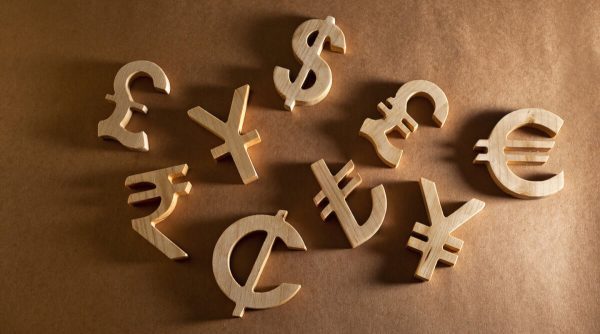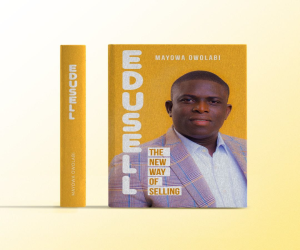The foreign exchange market or fx has its traders keeping tabs on the spot exchange rate in their trading.
Foreign exchange is no doubt the most extensive liquid market globally, with trillions of currency being transacted daily. The spot exchange rate is one of the factors that need to be considered when exchanging fiat currencies.
In this post, we’ll learn about the spot exchange rate and how it works. For the sake of beginners, let’s discuss forex.
What is Forex?
The Forex exchange market also known as ”Forex” or ”FX” is a global marketplace for the exchange of national currencies. In this marketplace, traders aims to make profits by exchanging one national currency for another e.g. Euros for the US dollar.
People all over the world meet online for the exchange of foreign currencies. The market is decentralized meaning you don’t need to meet physically to perform an exchange. All you need to perform such exchange is an internet connection on your laptops and mobile devices.
Do People Really Make Money Trading Forex?
People make a lot from trading forex. In fact, a whopping $6.6 trillion dollars is up for grab daily for those who know how.
You can trade anytime 24/7 and the market is opened for 5 days a week using your laptops or mobile devices.
How Does Forex Work?
The foreign exchange market works like many other markets in that it’s driven by supply and demand. for instance, if there is a strong demand for the British Pounds from Japanese citizens holding Yen, they will exchange their Yen for Pounds.
The value of the British Pounds will rise while the value of Yen will fall. It is important to note that this transaction only affects GBP/JPY currency pair and will not cause the British Pounds to depreciate against the Canadian dollar.
The most-traded currencies in the global forex market are the U.S dollar, the British pound, the Canadian dollar, the Euro, and the Japanese yen.
What is Spot Exchange Rate in Forex?
The spot exchange rate is the current amount one currency will trade for another currency at a specific point in time. It is the open market price that a trader will pay to buy another currency.
The spot rate is set by the forex market. However, some countries actively set or influence spot exchange rates through mechanisms like a currency peg.
Currency traders follow spot rates to identify trading opportunities not only in the spot market but also in futures, forwards, and options markets.

Spot Exchange Rate Explained
The spot exchange rate is best thought of as how much you would have to pay in one currency to buy another at any moment in time.
Spot rates are usually set through the global foreign exchange market (forex) where currency traders, institutions, and countries clear transactions and trades.
Global forex trading takes place electronically between large, multinational banks, corporations, mutual funds, hedge funds, insurance companies, and government entities.
Transactions are made for a wide range of purposes, including import and export payments, short- and long-term investments, loans, and speculation.
What You Need to Know About Spot Exchange Rate Transactions
The settlement date for forex transaction is two business days after the transaction date. There are however exceptions, e.g. U.S. dollar vs. the Canadian dollar transaction, which settles on the next business day. Weekends and holidays mean that the transaction date will exceed the 2 days.
On the transaction date, the two parties involved in the transaction agree on the amount of currency A that will be exchanged for currency B. They also agree on the rate of exchange.
Finally, the parties also agree on the value of the transaction in both currencies and the settlement date. If the currencies are to be delivered, the parties also exchange bank information.
Speculators often buy and sell multiple times for the same settlement date, in which case the transactions are netted and only the gain or loss is settled. Currency is never meant to be delivered.
Some currencies, especially in developing economies, are controlled by governments that set the spot exchange rate.
What You Need to Understand About the Spot Market
The foreign exchange spot market can be very volatile. In the short term, rates are often driven by news, speculation, and technical trading. In the long term, rates are generally driven by a combination of national economic fundamentals and interest rate differentials.
Central banks sometimes intervene to smooth the market, either by buying or selling the local currency or adjusting interest rates. Countries with large foreign currency reserves are much better positioned to influence their domestic currency’s spot exchange rate.
How to Execute a Spot Exchange
There are a number of different ways in which traders and investors can execute a spot forex exchange. They are listed below-
1. The exchange can be made directly between two parties, eliminating the need for a third party.
2.Traders can use electronic brokering systems for automated order matching.
3. Traders can also use electronic single- or multi-bank trading systems.
4. Trades can be made by voice over the phone with a foreign exchange intermediary.
The Bottom Line
The spot exchange rate is the price (set by the forex market) at which you can buy a currency today. Think of it as buying on the spot. The settlement date for your transaction will take place two business days later (for the majority of currencies).
Read Also- How to Make it as a Prop Trader





















